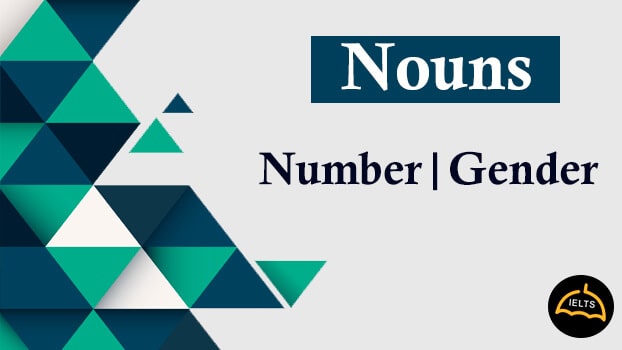Types Of Gender In English Grammar
Like Indian languages, /aan/-/pen/ (Malayalam) and /ladka/-/ladki/ (Hindi), English also shows gender differences in nouns: /boy/-/girl/. However as an English speaker, one only needs to know the words that are different, in terms of sex. For example, an unmarried man is called a ‘bachelor’, while an unmarried woman is called a ‘spinster’. The above two words, although referring to two different humans, having the same contextual meaning, are specified according to their gender. For example,
- The bachelor lived alone in the city.
- The spinster chose to wear red shoes to the prom.

Types Of Gender In English Grammar
Genders Are Of Four Types In English. They Are:
Genders are of four types in English which are
Types Of Gender In English Grammar: Masculine Gender
A noun that shows the male subtype is known as masculine gender. For example, king, man, boy, father, cock, bull, fox, etc. The above words specifying the male subtypes can be used in sentences in the following manner:
- The king was known far and wide for his benevolence.
- Ratan’s father is a hard working man.
- The quick brown fox jumped over the wall.
Note: Nouns are often replaced with pronouns in spoken or written English. Masculine nouns are replaced with ‘he/him’ in case of singular and ‘they/them’ in case of plural.
Let us look at sentence (a). The same sentence when replacing the noun ‘king’ can be written as
He was known far and wide for his benevolence.
Types Of Gender In English Grammar: Feminine Gender
A noun that shows the female subtype is known as feminine gender. For example, queen, woman, girl, mother, hen, cow, vixen, etc. In other words, nouns that specify femininity are of feminine gender. Some sentences using feminine genders are:
- The maiden was unaware of the war her father was a part of.
- Women’s clothing is designed to have smaller pockets.
- She ran up to her mother after bruising her knees.
Note: Feminine nouns are replaced with ‘she/her’ as pronouns in singular sentences and ‘they/them’ in plural sentences. For example,
She was unaware of the war her father was a part of.
Other animate entities like plants and animals are referred to with ‘it’. For example,
It jumped over the wall. (referring to fox in sentence (c))
Types Of Gender In English Grammar: Neuter Gender
Some nouns are neither male nor female; they fall under the neuter gender. For example: table, hair, city, etc. These nouns are inanimate or non living entities and are assigned neither feminine nor a masculine gender. These nouns are replaced by the pronoun ‘it’ in case of singular and ‘they’ in case of plural.
Some sentential examples are:
- The city has gone through a lot since its Mayor died.
- Please pass me the book.
- English is the lingua franca in most parts of the world.
Types Of Gender In English Grammar: Common Gender
If we look closely, English contains a lot of nouns which do not specify the gender of the noun. These nouns can stand for both male and female. For example, teacher, student, cousin, parent, etc.
In the sentence “The teacher decided to leave the class early”, the reader or the listener is not sure whether the teacher is a male or a female. These types of nouns which can stand for both the genders- masculine and feminine- fall into the category of the Common Gender. Some other examples of sentences using common gender are:
- His parent is scheduled to meet the principal today.
- The enemy is at the gate.
- Musicians from across the region are looking forward to the fest.
- The doctor has suggested an immediate surgery.
Nouns, apart from gender, also account for number in English. For example, ‘table’ refers to one table, while ‘tables’ refer to more than one. More shall be discussed on this in another article.
Rules Of Pluralization:
Most nouns take an ‘s’ after the word to form a plural. [bag-bags]
Nouns ending with ch, sh, s, z, and x take ‘es’. [watch-watches]
Nouns ending with ‘f’ and ‘fe’ take ‘ves’. [life-lives]
Nouns ending with a consonant+‘y’ replace ‘y’ with ‘i’+es. [baby-babies]
Nouns ending with a vowel+‘y’ take an ‘s’. [toy-toys]
Nouns ending with vowels take ‘es’. [mango-mangoes]
Looking for a score above 7 in your IELTS Test? Enrol for our IELTS video course that has helped people to score high in IELTS

